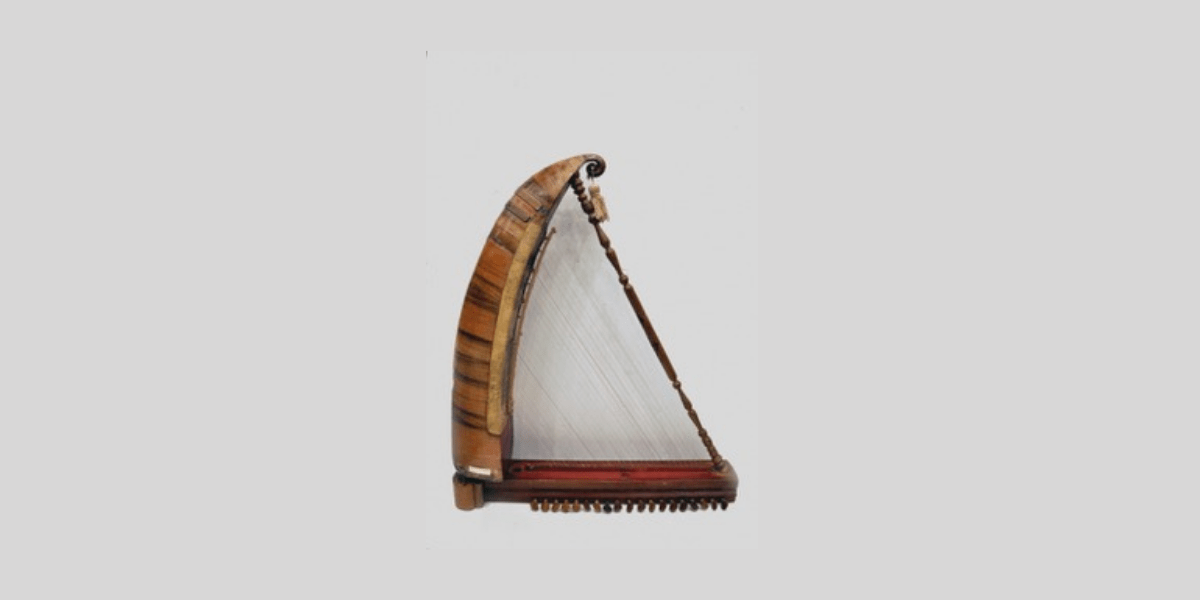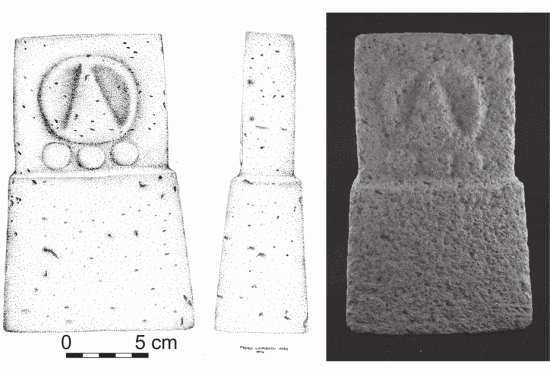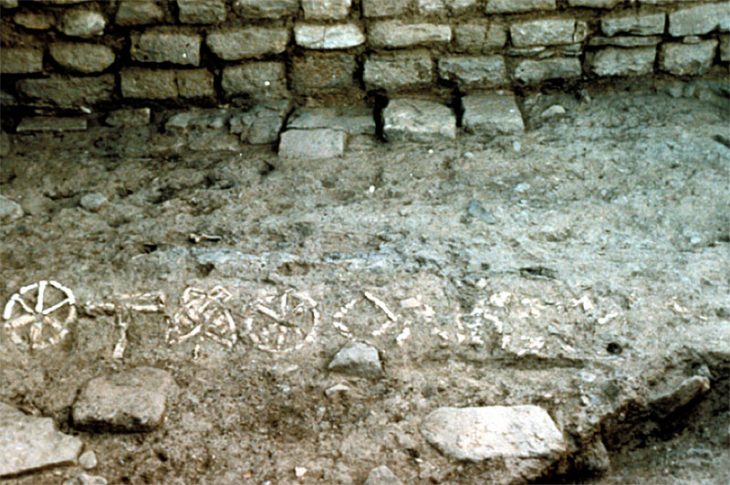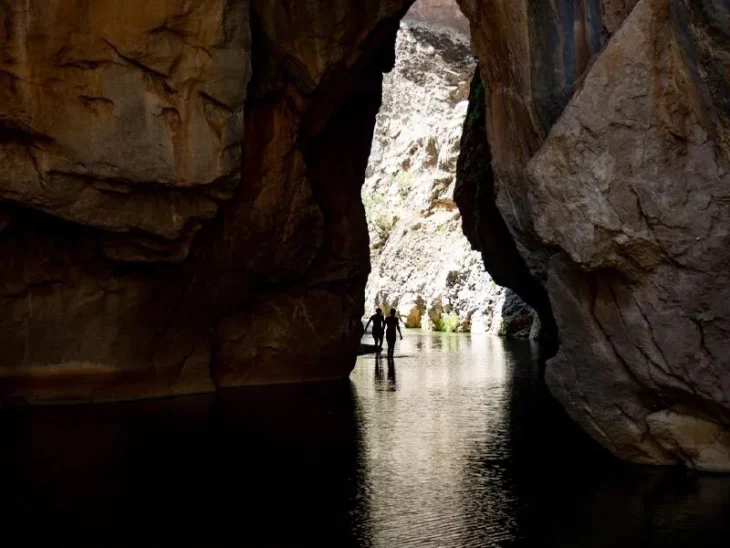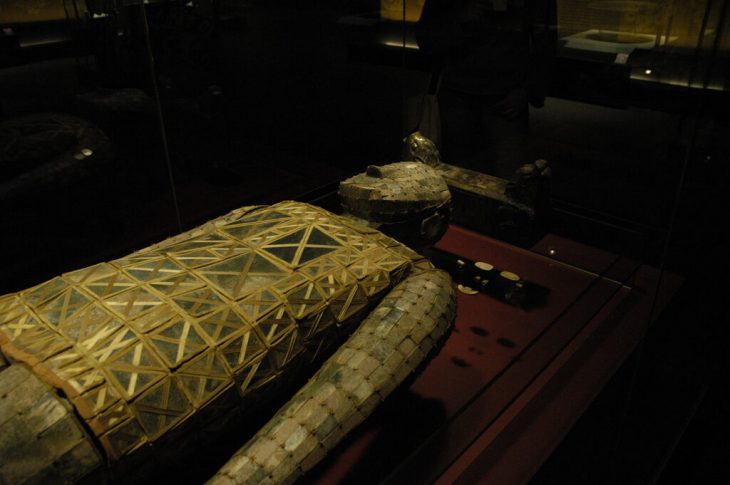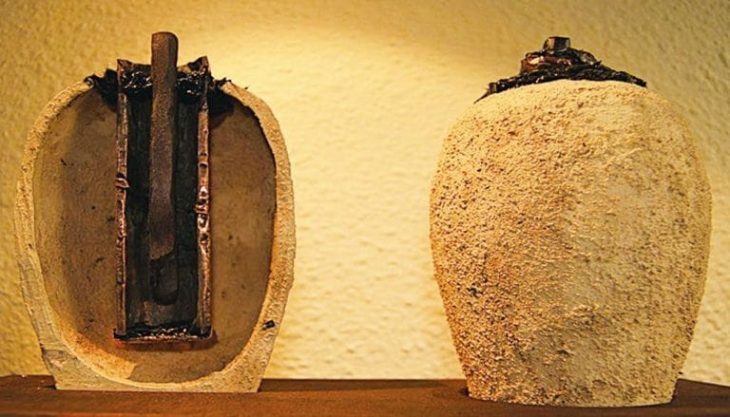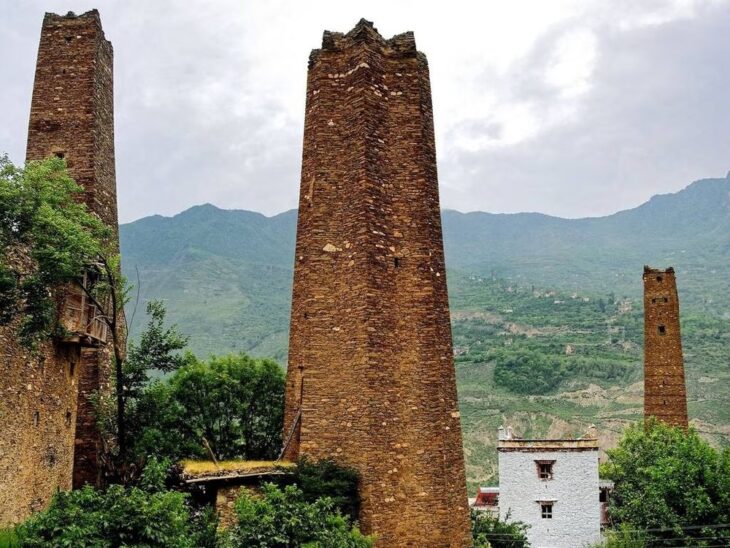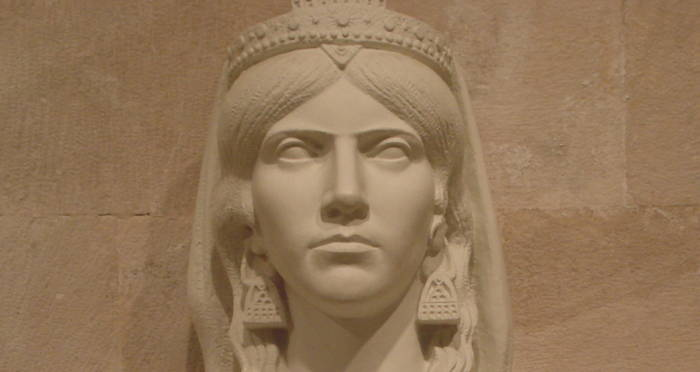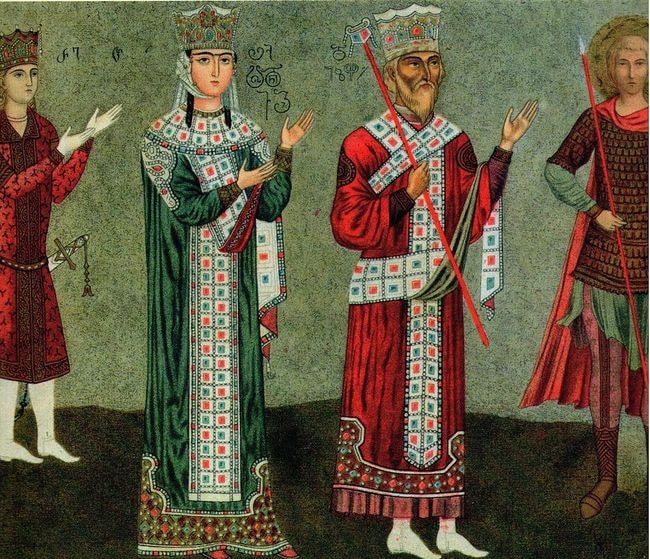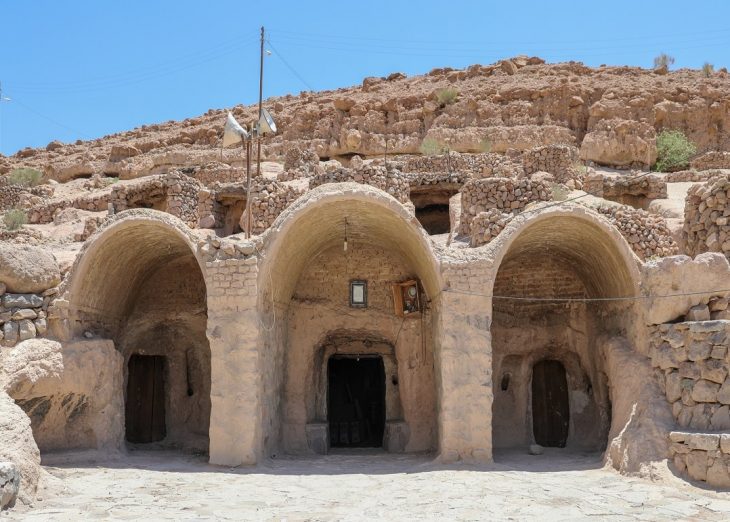Harp is a world-famous, ancient, stringed musical instrument. Chang, in terms of structure, is a harp-like stringed musical instrument.
The earliest harps were developed from the hunting bow. Wall paintings found in ancient Egyptian tombs dating to 3000 B.C. depict an instrument that resembles a hunter’s bow but lacks the pillar seen in modern harps.
With this, Archaeological records of Elam, the oldest civilization in the southwestern Iranian plateau, suggest the ancient land is the birthplace of the earliest complex instruments, which date back to the third millennium BC.
The angled harp came to Egypt from Asia in about 1500 B.C. It was built from a hollow sound-box joined to a straight string-arm at an angle. The strings, possibly made of hair or plant fibre, were attached to the sound-box at one end and tied to the string-arm at the other. The strings were tuned by rotating the knots that held them.
Narratives say the initiation of music in Iran dates back to the time of the mythical king, Jamshid. The use of both vertical and horizontal angular harps has been documented at the archaeological sites of Madaktu (650 BC) and Kul-e Fara (900–600 BC), with the largest collection of Elamite instruments documented at Kul-e Fara. Multiple depictions of horizontal harps were also sculpted in Assyrian palaces, dating back between 865 and 650 BC.
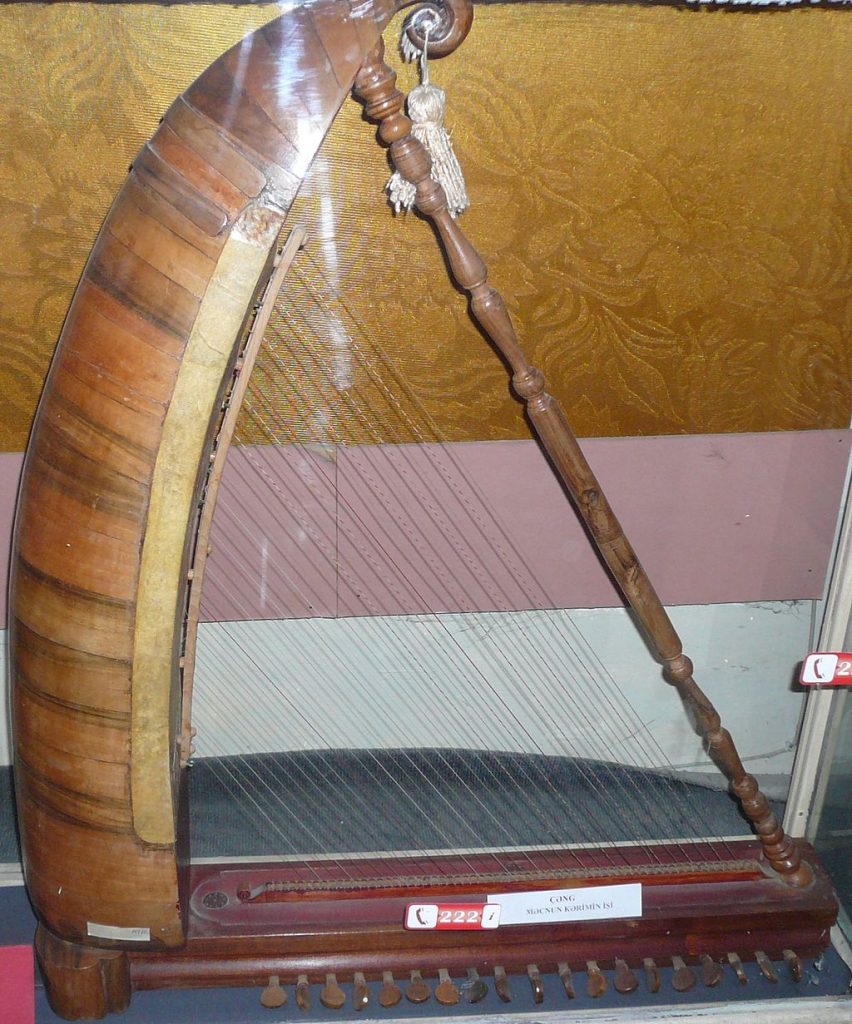
Its date of emergence dates back to very ancient times. In particular, the early forms of the Chang with the fine and delicate sound, used in palace parties, belong to Mesopotamian and Egyptian civilizations.
During the archeological excavations near the city of Barda, which was the ancient cultural center in the 4th-3rd centuries BC, the piece of ceramic ware was found with a description of a woman playing on Chang. It is known from the historical sources that the Chang used in Middle Ages, in Azerbaijan has approximately 18-24 strings.
It is presumed that the word Jang means to keep, to settle down. Its oblong and arch-like forms the Jang. The fish skin was covered on the open surface of the body and the oblong part fixed on the lower part acts as an arm. Tuning pegs are located in this section. One end of strings fixed to metal pins located on leather, and the other on wooden tuning pegs.
The restored Chang has 30 strings made of silk thread and intestine. The total height of Chang is 930 mm, the overall height of the instrument is 850 mm, and the length of the arm is 665 mm.
It consists of 30 sounds with the chromatic row. Its diapason is from small octave’s sol to the second octave’s si sound. Chang is considered to be a solo and ensemble instrument.

